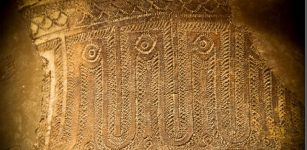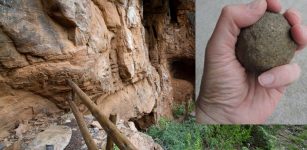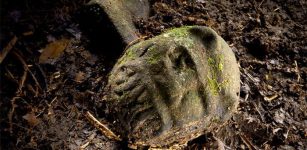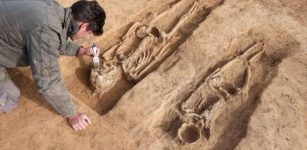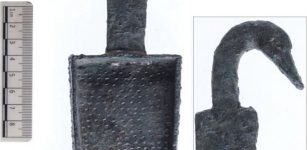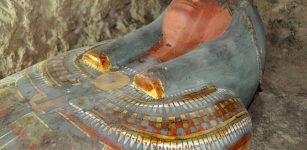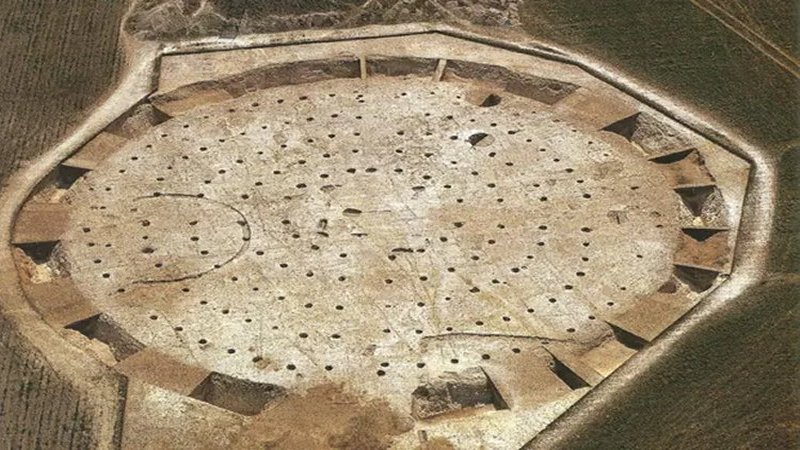1,500-Year-Old Frieze With Human Figures Found In Peru
MessageToEagle.com – Archeologists in Peru have unearthed a 1,500-year old frieze with human figures believed to be from the indigenous Moche culture, the latest find at a site famous for its pre-Incan treasures.
The discovery, in Peru’s northern La Libertad region, was made at the Huaca de la Luna, or Shrine of the Moon, the El Comercio reports.

Ten sculpted human figures on the work measure 1.6 meters (roughly 5’3″) tall, archaeologists working at the site said.
The sanctuary, which pre-dates the Spanish conquest, is located a few kilometers (miles) outside the current city of Trujillo and is a site rich in ancient archaeological treasures.
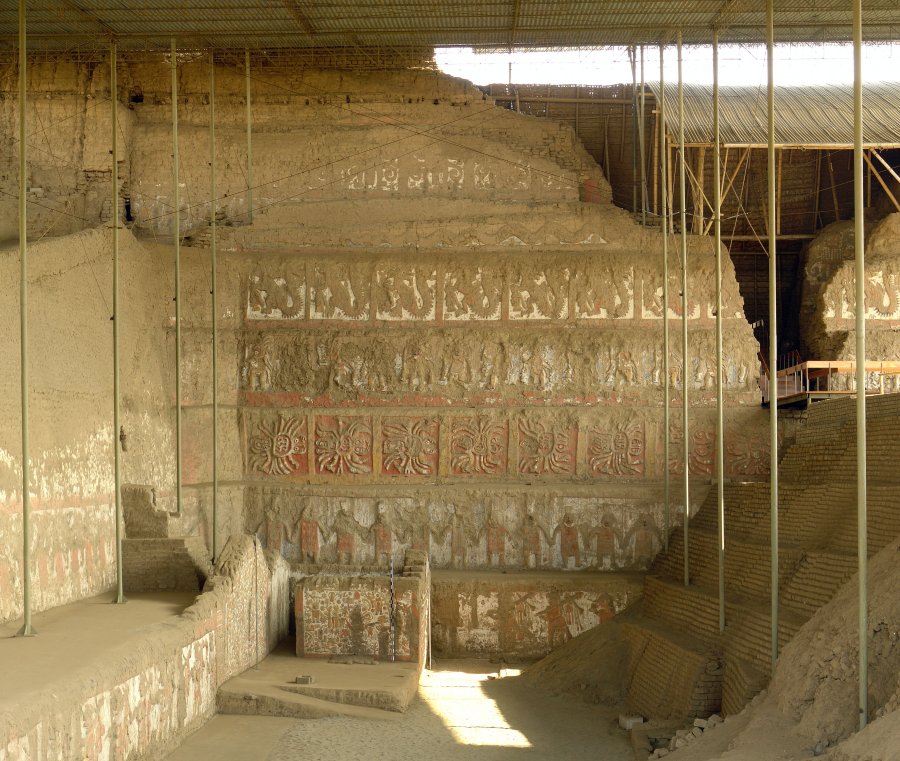
The large adobe brick structure was largely spared the looting that befell other sites that were raided by Spanish conquerors.
Ricardo Morales, the official who oversees operations at the site, told El Comercio that the figures underscore the profound religious significance of the site to the pre-Incan Moche inhabitants who dwelled in the region.
Huaca de la Luna, or Temple of the Moon, was part of the ancient Moche capital built of millions of adobe blocks between the first and eighth centuries AD in northern Peru.
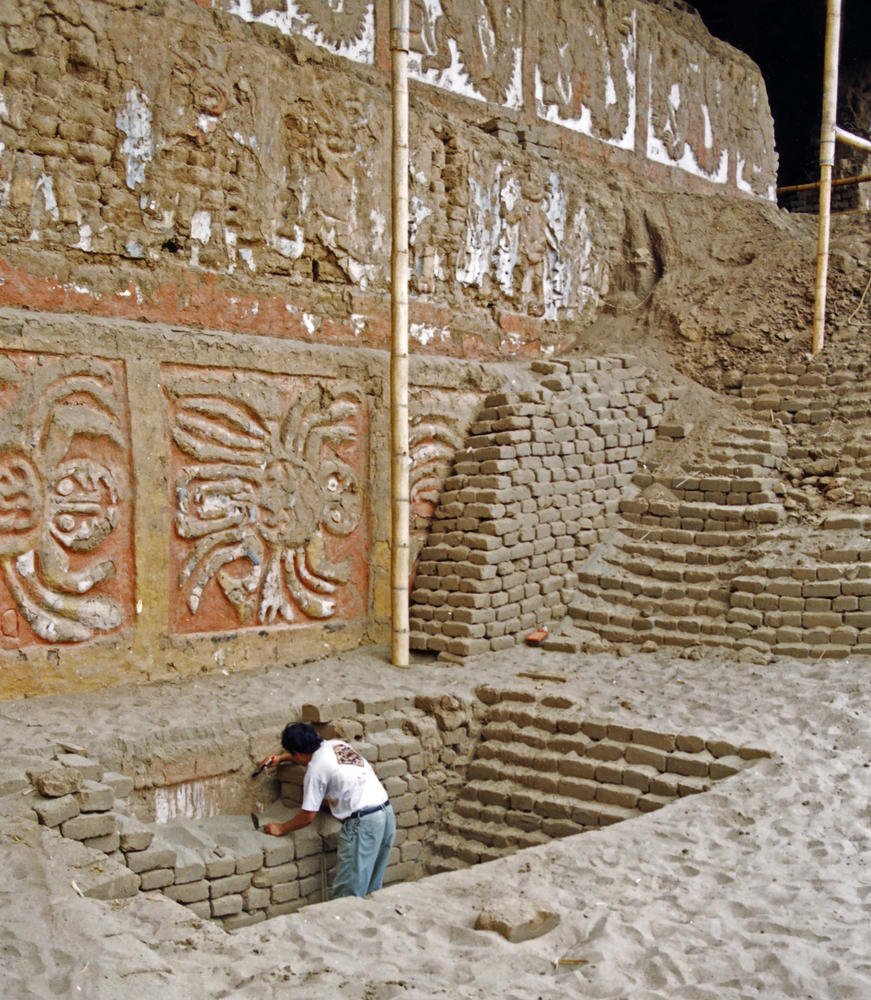
The Moche civilization developed great religious complexes, or huacas, formed by structures that grew over time as the result of successive entombments; by filling in and covering the older structures with mud bricks or adobe, Moche architects created fresh surfaces or platforms on which they situated their new constructions, often decorated with polychrome friezes.
After the fall of the Moche civilization, the huacas were partially occupied by Chimu settlements until the 15th century when the region fell under the control of the Inca. In the 16th century, as a result of the Spanish conquest, these ceremonial sites were abandoned.
MessageToEagle.com
source:

